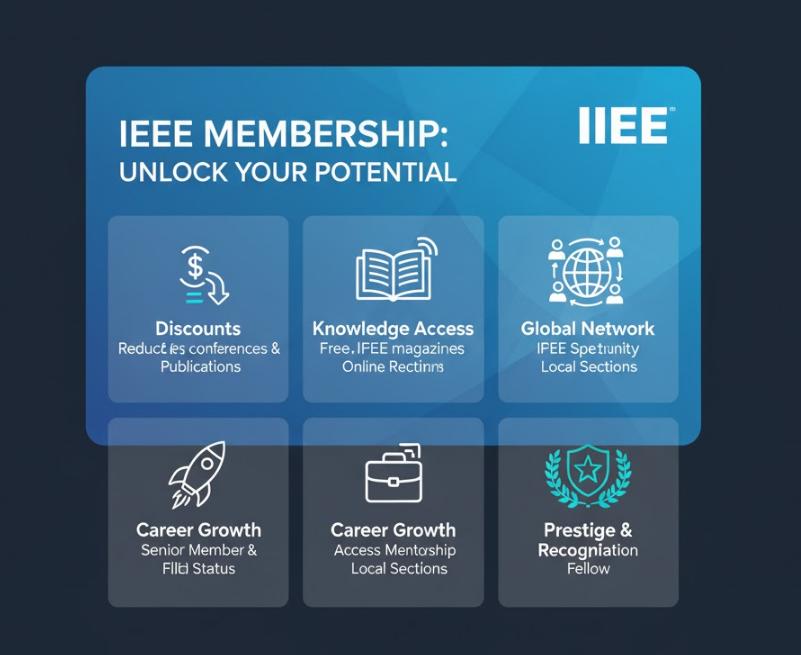In the academic world, particularly in engineering and computer science, you will frequently encounter the phrase "Indexed by EI" as a benchmark of quality for journals and conferences. For many graduate students and junior researchers, this is a critical requirement for graduation or career advancement. But what does it actually mean for your paper to be "EI收录" (indexed by EI)?
This beginner's guide will demystify the process, explaining what EI Compendex is, what it means to be indexed, why it matters for your career, and how you can verify this status for any publication.

First, let's clarify the names. EI stands for Engineering Index. It is a comprehensive bibliographic database of scientific and technical engineering literature. The database itself is called Compendex and is owned by the publisher Elsevier. Researchers typically access it through the Engineering Village platform.
Essentially, EI Compendex is one of the world's largest and most significant databases dedicated exclusively to engineering. It covers all engineering disciplines, including:
Mechanical Engineering
Electrical and Electronic Engineering
Civil Engineering
Chemical Engineering
Computer Science and Software Engineering
Aerospace, Materials Science, and much more.
A key feature of EI Compendex is that it indexes both journal articles and conference papers (proceedings), which are vital publication formats in the fast-paced world of engineering and technology.
When your paper is "indexed by EI," it means that a detailed record of your publication has been added to the Compendex database. This is far more significant than simply being published.
1. It is a Stamp of Quality and Validation. For a journal or a conference to have its contents indexed by EI, it must first be submitted to and approved by the Elsevier Content Selection & Advisory Board. This board evaluates the publication based on rigorous criteria, including:
The quality and consistency of its peer-review process.
Its editorial standards and professionalism.
Its relevance and contribution to the engineering community. Passing this review means the venue is recognized as a legitimate and valuable source of engineering research.
2. It Means Your Work is Globally Discoverable. Being indexed makes your research visible to a global audience. Millions of engineers, students, and researchers at universities and corporations worldwide use the Engineering Village platform to search for literature. When your paper's record—including its title, authors, affiliations, abstract, and keywords—is in Compendex, it can be easily found, read, and cited by others in your field.
3. It is a Bibliographic Record, Not the Full Text. It's important to understand that EI Compendex primarily hosts the bibliographic data and abstract of your paper. The full-text PDF is still hosted by the original publisher (e.g., IEEE Xplore, SpringerLink, or the journal's website). EI provides the essential service of pointing the world's researchers to your work.
For engineering and computer science professionals, having EI-indexed publications on your CV is a significant advantage.
Academic and Professional Recognition: It is a universally understood mark of peer-reviewed quality.
Fulfilling Graduation and Promotion Requirements: Many universities, especially in Asia, explicitly require PhD or Master's students to publish a certain number of EI-indexed papers to graduate. It is also a key performance indicator (KPI) for faculty promotion.
Increasing Your Research Impact: By making your work discoverable, indexing dramatically increases its chances of being cited by other researchers, boosting your academic impact.
Demonstrating Expertise: A strong record of EI-indexed publications validates your expertise when applying for research grants, new jobs, or industry collaborations.
You can easily verify the EI indexing status yourself.
Method 1: Checking a Published Paper
Access your university library's database portal.
Find and log in to Engineering Village. (Alternatively, you can use Scopus, as it also includes Compendex data).
Search for your paper by its title, author name, or DOI.
If a record for your paper appears, check the "Database" field in the detailed view. If it says "Compendex," your paper is officially indexed by EI.
Method 2: Checking a Journal or Conference (Before You Submit)
Consult the Official Source List: Elsevier maintains an official, up-to-date list of all publications indexed in Compendex. Search online for the "EI Compendex source list" to find the latest version on Elsevier's website. You can then check if the journal or conference series is on that list.
Be Cautious of Claims: While reputable conferences will proudly state "All accepted papers will be submitted for EI Compendex indexing," this claim should always be cross-referenced with the official source list or the history of the conference. Predatory or low-quality conferences may make false claims, so independent verification is crucial.
Having your paper "indexed by EI" signifies that your research has met a global standard of quality and is now discoverable by the international engineering community. It is a vital step in transforming a published paper into an impactful piece of research. For anyone building a career in engineering or computer science, aiming for EI-indexed venues is a clear and strategic path toward professional recognition and success.